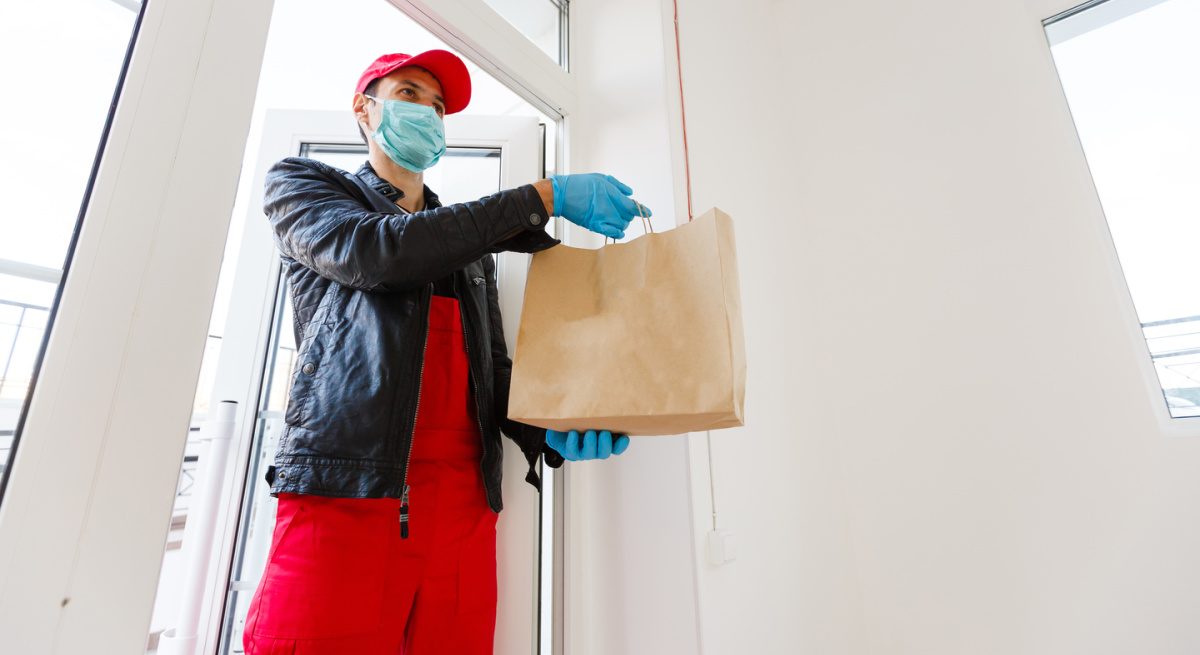The Keys to Offering Both In-House and Third-Party Delivery
3 Min Read By Brandon Tucker
Delivery is an essential part of restaurants nowadays, which is why there are more restaurants partnering with third-party delivery services, even if they already have their own in-house delivery. But the only thing harder than managing one delivery system is simultaneously managing two. By using these tips, you can learn how to successfully manage both your in-house and third-party delivery.
Monitor Order Sources
It’s crucial that you know where every online order is originating from. This will allow you to know when adjustments need to be made, whether to your own ordering site or your third-party listings. Delivery reports should show you general information like order amounts, as well as more specific details including item breakdowns in each third-party order as well as your own in-house delivery orders.
If you monitor these reports regularly, you’re going to know right away when one third-party service is outperforming the others. So if you notice your third-party orders are underperforming, you can check your listings and see if any adjustments need to be made. On the other hand, seeing that third-party services are greatly outperforming your own ordering site will let you know that you need to vastly improve your ordering site, or at the very least, increase the amount of marketing for your in-house delivery.
Maintain a Similar Customer Experience
Ideally, your customers should notice almost no difference between getting a delivery through your in-house system and a third party. It’s often tempting to make orders a priority when they’ve been submitted through the most profitable channels. But this lets other orders slip through the cracks, resulting in longer wait times and unhappy customers.
To avoid this, you can take steps to ensure that every delivery is handled in a consistent manner. This includes packaging them the same way, preparing them in the order that they were submitted, and including all of your branding information (packaging labels, takeout menus, etc.). Until the moment that the order leaves your restaurant, the preparation of the delivery should be identical, whether it’s placed on your site or through a third party.
Use Your Own Drivers Whenever Possible
Just because you’re listed on third-party ordering sites, that doesn’t mean you have to use their drivers. As Stefan Hertzberg, the Vice President of Partnerships with ItsaCheckmate, explains, “The marketplaces have rolled out a concept of ‘bring your own driver or courier’ over the last year or so, and that has led restaurants to try this in-house delivery model out.”
Using your own drivers isn’t necessarily the best choice either. As with every choice, there are some major upsides to using your own drivers to handle third-party orders, but there are also a few downsides that you need to be aware of. “There are certainly lower fees the marketplace will charge if you handle the delivery in-house, but the insurance, staffing, and additional costs that come with in-house delivery may get pretty close to comparable, if not more,” he said.
A quick analysis of the costs associated with hiring new drivers to handle the surge of third-party orders will allow you to know whether this is a good idea or not. As Hertzberg explains, “The lower fees [when providing your own drivers] are positive, but the staffing and labor issues, mixed with insurance and liability, tend to make it a near break-even scenario.”
Costs aren’t the only thing that should be top of mind when making this choice. The value of having more control over delivery quality can’t be underestimated. When using your own drivers, you’re likely to experience faster delivery times, more personable customer interactions, and a sharper brand image (assuming your delivery drivers wear uniforms), which is a huge boost to your restaurant’s reputation.
Direct All Orders to Your POS
The burden of order re-entry is something that plagues many restaurants, especially when they take a lot of third-party orders. When your employees have to re-enter orders, you drastically increase the chances of mistakes being made or orders being missed entirely. Having all third-party orders automatically funneled into your POS will prevent these challenges and trim your labor hours.


